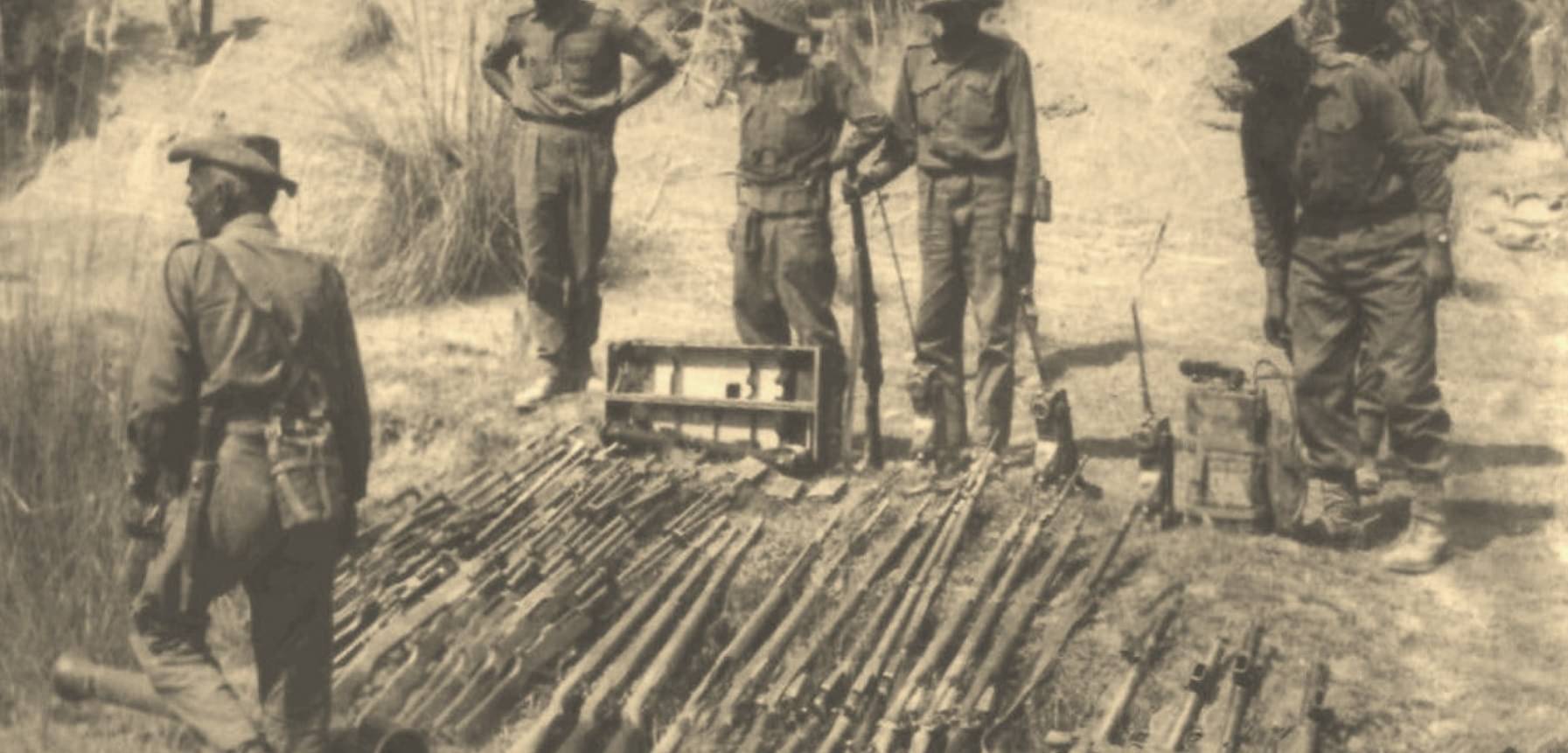Updated August 15th 2024, 13:10 IST
How Tanot Mata's Temple Withstood Pakistan Army’s Onslaught in 1966 and 1971
Nestled in the Thar Desert near the India-Pakistan border, the Tanot Mata Temple is a monument to unshakable faith and resilience.
- Defence News
- 4 min read

Rajasthan, India: The Tanot Mata Temple, nestled in the Thar Desert near the India-Pakistan border, stands as a monument of unshakable faith and incredible resilience. Dedicated to the Hindu goddess Tanot Rai, the temple's origins date back to 828 AD when the Bhati Rajput King Tanu Rao constructed it, installing the idol of the deity that has since been revered by generations of Bhati Rajputs and the people of Jaisalmer.
However, it is not just the temple's antiquity that makes it remarkable; its significance was magnified during the Indo-Pakistani Wars of 1965 and 1971, where it became a beacon of divine protection amidst the chaos of battle.
A Fortress of Faith During the 1965 Indo-Pak War
The Indo-Pakistani War of 1965 saw Tanot come under direct attack from the Pakistan Army. The temple, situated in a strategic location close to the border, was a prime target. Pakistani forces fired an estimated 3,000 bombs towards the temple in an attempt to destroy it. Miraculously, as per local lore and accounts from soldiers, not a single bomb that landed near the temple exploded. The bombs either missed their target or were rendered ineffective, a phenomenon that has since been attributed to the divine protection of Tanot Mata by those who believe in the deity's power.

In the aftermath of the 1965 war, the Border Security Force (BSF) of India took over the responsibility of managing and maintaining the temple. It was under the BSF's care that Tanot Mata Temple became a symbol not only of faith but also of national pride, with soldiers and civilians alike paying homage to the deity believed to have shielded them from destruction.
The 1971 Indo-Pak War and the Battle of Longewala
The temple's resilience was tested once again during the Indo-Pakistani War of 1971. Pakistani forces, determined to succeed where they had previously failed, launched an assault that saw their tanks advance towards Tanot. However, just as before, the temple seemed to be under the goddess's protection. The tanks became bogged down in the desert sands, unable to proceed. This delay allowed the Indian Air Force to launch a counter-attack, destroying the stranded tanks and forcing the Pakistani forces into retreat.
-1723449540520.webp)
Following the decisive victory at the Battle of Longewala, which took place between December 4th and 7th, 1971, the Indian Army commemorated the event by constructing the Vijay Stambha (Victory Tower) within the temple compound. The battle, fought by 120 Indian soldiers of the 23rd Battalion, Punjab Regiment, commanded by Major Kuldip Singh Chandpuri, against a vastly superior Pakistani force of 2,000-3,000 soldiers and 30-40 tanks, has since become a legendary tale of bravery and strategic acumen. The soldiers, with the help of Indian Air Force fighter-bombers, held their ground against overwhelming odds, a victory that is celebrated each year at Tanot Mata Temple.
Tanot Mata Temple Today
Today, the Tanot Mata Temple continues to draw visitors not only for its spiritual significance but also for its historical legacy. The temple has become a symbol of the enduring spirit of the Indian Armed Forces and the faith that has protected them through some of the most challenging times in the nation's history.
The Vijay Stambha stands as a reminder of the bravery displayed during the Battle of Longewala, while the temple itself remains a place where the past and present coexist, offering a glimpse into the rich cultural heritage of the region and the stories of valour that define it. As the temple's bells ring out across the desert, they serve as a testament to the resilience of faith and the enduring power of belief, qualities that have helped the Tanot Mata Temple withstand the ravages of time and war, emerging each time with its spirit unbroken.
Published August 14th 2024, 10:56 IST
